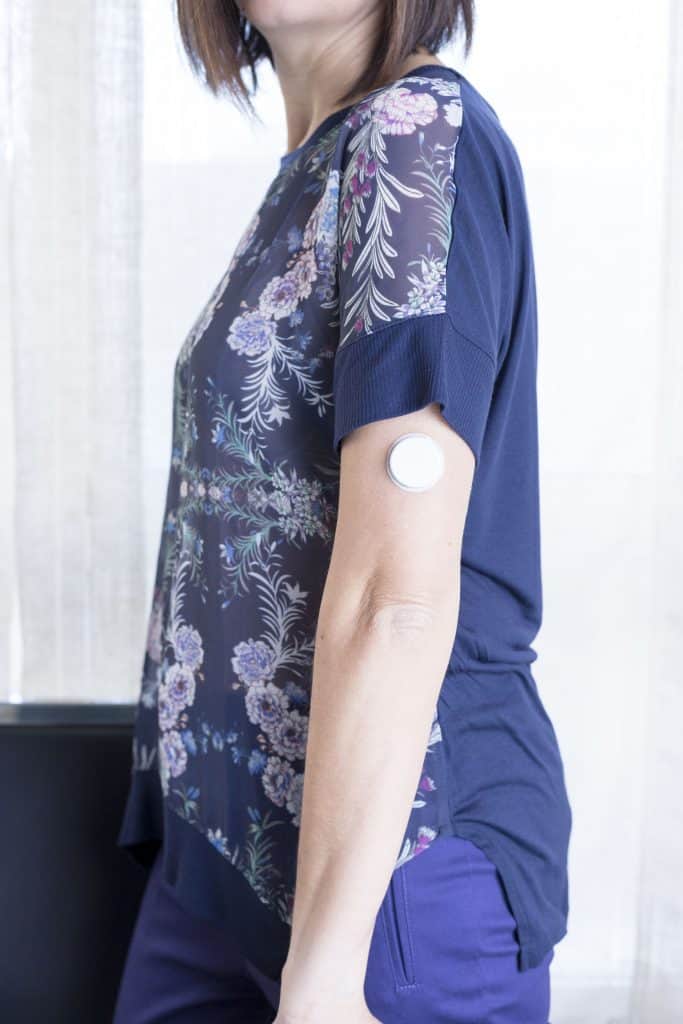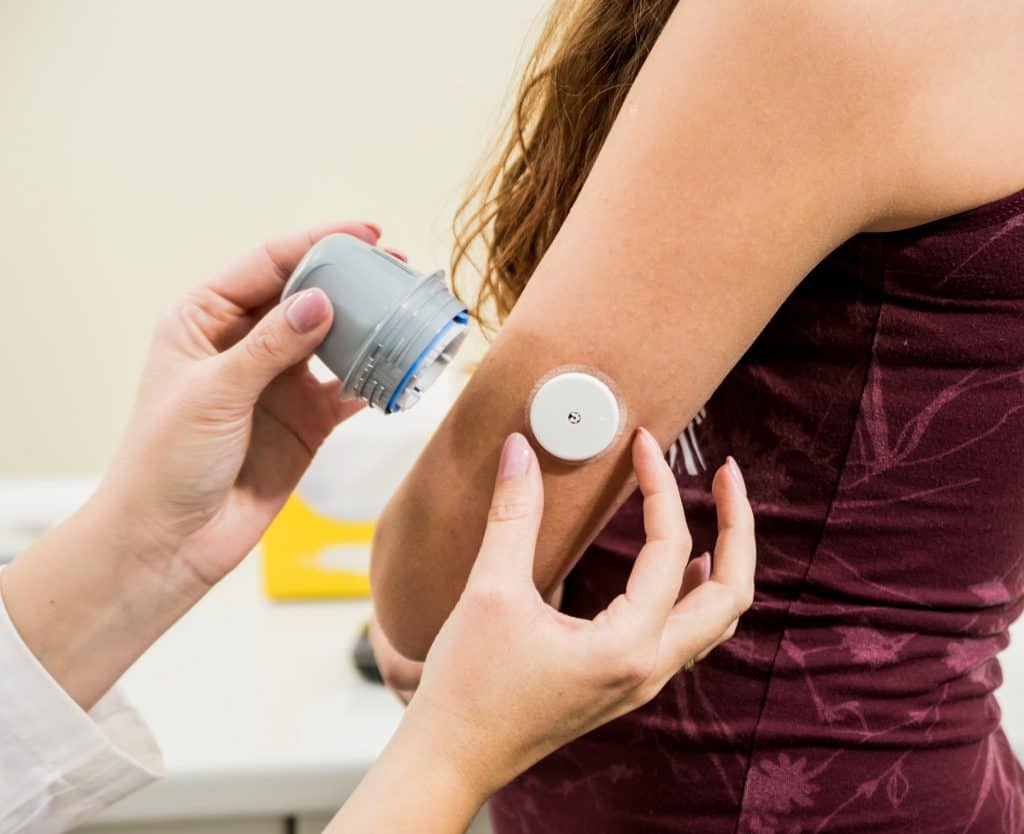Why Does My CGM Hurt? Here’s Why and What to Do About It!
Posted by Prescription Hope - See Editorial Guidelines (Last Updated On: Fri Apr 21 2023)
A continuous glucose monitor (CGM) has been an easy way to maintain and control diabetes for many. However, not all CGM users have the same experience with this device. Apart from the convenience and easier lifestyle, this device gives diabetic patients, the potential pain caused by this device can be stressful.
This article will help provide a clear understanding of why CGMs hurt, how to prevent them from hurting, and much more.
Why does my CGM hurt? The following are the common reasons why one’s CGM can hurt:
- The needle insertion can be painful
- The recommended insertion site can be unsuitable
- Using alternative insertions sites which may be wrong
- The position one inserts CGM
- Non-hygiene insertion site
- Wire breaks or detaches under the skin
So, now that we’ve given you a quick list of why your CGM might hurt, let’s look at this a bit more in detail.

Why Does My CGM Hurt?

There are plenty of reasons why a CGM hurts. Your healthcare provider will be able to provide you with a more accurate reason based on your situation. However, below are a few main reasons and possibilities why the CGM could hurt.
The Needle Insertion Can Be Painful
Firstly, it’s important to say that a CGM includes a tiny needle for insertion. This means that it’s going to feel like a sting or pinch, which should not hurt much.
It’s also worth mentioning that most CGMs have advanced needle technology to ensure an almost painless insertion.
So, unless you’re particularly sensitive, the needle insertion should not be all that painful. While such occurrences are pretty rare, there is the possibility that you could feel the CGM hurt because of this sensitivity.
The Recommended Insertion Site Could Be Unsuitable
The next common reason why a CGM can hurt is because of the place of insertion. A CGM is only approved to be applied to certain parts of the body, which may include the back of the arm, abdomen, or near the buttocks. So, it is not recommended that the CGM be applied to unapproved parts of the body.
However, patients may overuse parts of the body by using the same site for insulin injections or continuous placement of the CGM. This can cause scar tissue and hardening of the skin, making the skin sensitive.
Sometimes it’s also possible for such injections to cause soreness, swelling, and numbness in these areas. So, using the same place for the CGM, just because it’s the recommended place, can be causing pain when inserting the CGM.
If you are very lean or skinny, then it may be painful to insert the CGM as well. This is because the CGM should be inserted into fatty tissue, not in a very muscular area.
Using Alternative Insertions Sites That May Be Wrong
Many people use alternative places to insert the CGM because they don’t have enough fatty tissue in the recommended area. Many patients may try using their legs and different parts of their arms for applying CGM.
But it’s important to remember that although it may work for some, these places have not been tested. So, the CGM may still hurt, and it could also provide one with inaccurate blood sugar readings.
Here, it’s always recommended to seek a doctor’s advice on the places best suited for using a CGM.

The Position to Insert CGM
Although this is one of the least concerning things one pays attention to, the position one inserts the CGM can make it painful. Try sitting, standing, or lying down when inserting the CGM. There should be a certain position that makes the insertion of CGM less painful.
Depending on the application site you are using on your body, it can be very difficult to apply the CGM by yourself. In this case, applying the CGM on your own may cause the insertion to be painful. Try having a close friend or family member help you with the application to prevent the CGM from hurting.
Pinch and check the skin near the application site to see if there is any pain before inserting the CGM. If there is, then it’s not recommendable to insert the CGM in that spot.
Non-Hygiene Insertion Site

Often users overlook how clean the insertion site should be. When the insertion site is dirty or unclean, the possibilities of the insertion site getting infected are very high.
Apart from the cleanliness of the insertion site, make sure there is no perfume, sunscreen, lotion, or insect repellent around the area. This can cause an infection, leading to the CGM hurting.
It’s also always recommended to clean the insertion sites with alcohol wipes to prevent infections and inflammation, which can make the CGM hurt.
Wire Breaks or Detaches Under the Skin
If the CGM wire breaks or detaches under the skin, there are high chances for the insertion site to be sensitive to pain.
So, if one has experienced such sensor wires breaking under the skin (and carefully got it out with medial support), it may not be a wise place to insert the CGM again for some time, as it can remain painful for a period.
Note – when a sensor wire breaks under the skin, seek immediate attention and don’t ignore or try to take it out on your own. Trying to remove the detached wire by yourself may cause more pain and farther harm.
Pre-Insertion Checks
While these are some of the reasons why one’s CGM hurts, below are some fact checks one should do to make this process less painful.
- Change the insertion site with each sensor – this is because inserting in the same site will not allow the skin to heal, which can easily cause scarring, irritation, and possible pain when inserting.
- Make sure the insertion site is away from tattoos, scarring, waistband, and bones.
- Make sure the insertion site is away from being bumped, pushed, or laid on while sleeping. Not meeting this can cause severe pain.
- Make sure the insertion area is clean.

To Close
We hope this has helped you understand why your CGM hurts and steps you can take to prevent the CGM from hurting.
If you’re in any doubt, always consult your doctor or medical practitioner before taking any action.
If you are having trouble affording your prescription medications, then Prescription Hope may be able to help. The team here works with 180 pharmaceutical manufacturers to help patients receive their medication at a set, affordable cost. Enroll with us and pay just $60.00 a month through Prescription Hope’s medication access service for each of your medications.


